“The record of the phenomenal growth and expansion of our country is resplendent with the contributory and glorious achievements of its Army. From the pioneer days when our forefathers carved their way into wilds and dangers of the west to the present, the Army has played a most important part in shaping the destiny of this country.”
– General John J. Pershing, 1921, from the Foreword of History of the Tenth Cavalry, 1866-1921
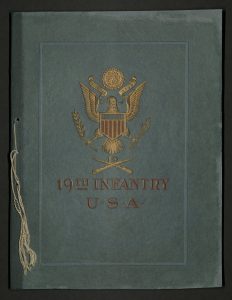
Title: A History and Photographic Record of the 19th Infantry, U.S.A.
Compiled by: [Unknown]
First Edition
Published: [Not identified], 1918
Call Number: UA 29 19th H57 1918
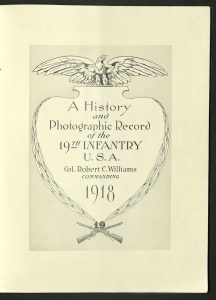
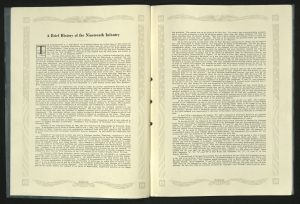
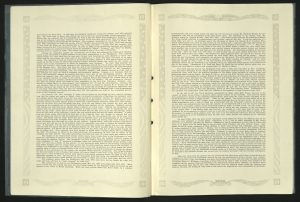
“The officer of the Old Nineteenth who seems to couple the present organization with that of the past is General S. Jesup, who as Major performed gallant service with the regiment at the battles of Chippewa and Niagara. In less than a year after his death, June 10, 1860, there came an imperative demand for troops and the “sleeping forces” were again called into service. Among them, born of the intensest patriotism, came the New Nineteenth Infantry.”
– Introduction, A History and Photographic Record of the 19th Infantry, U.S.A.
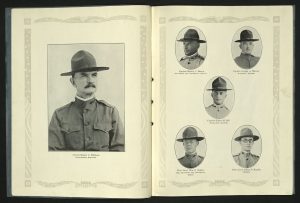
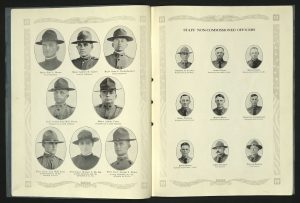
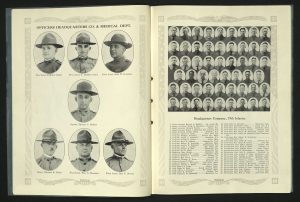

Title: History of the Tenth Cavalry, 1866-1921
Compiled and Edited by: Major Edward L. N. Glass, 10th Cavalry Regiment
First Edition
Published: Tuscon, Arizona: Acme Printing Company, 1921
Pages: 145
Call Number: UA 31 10th G5 1921
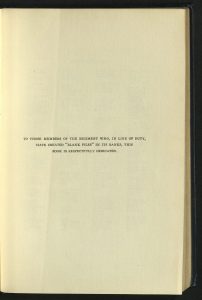
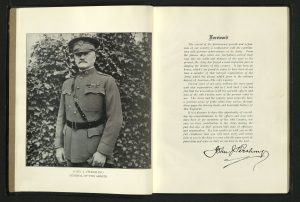
“In these days of unrest and uncertainty, inevitable after such a war as nearly wrecked our civilization, the rallying points in our service must be in the study of our military history and the preservation of our ancient traditions. There are few regiments in any service which can point to a half century of better history than can the Tenth United States Cavalry, of which the writer is proud that he was once an officer.”
– Major General J. G. Harbord, 1921, from the Introduction of History of the Tenth Cavalry, 1866-1921
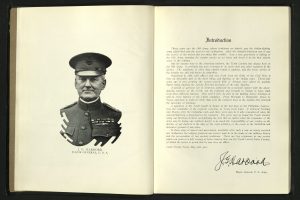
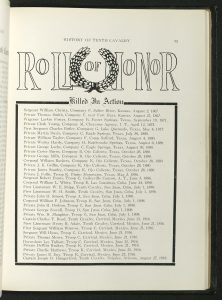
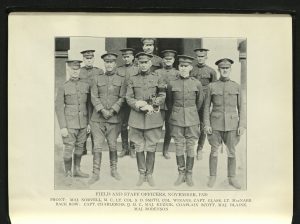
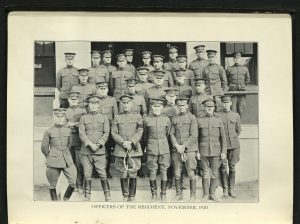
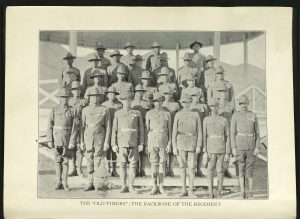
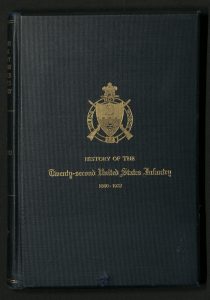
Title: History of the Twenty-second United States Infantry, 1866-1922
Written by: Captain W. H. Wassell & Captain Daniel S. Appleton
Compiled by: Major O. M. Smith
Edited by: Colonel John McA. Palmer & Major William R. Smith
First Edition
Published: [Not identified], 1922
Pages: 162
Call Number: UA 29 22nd H57 1922
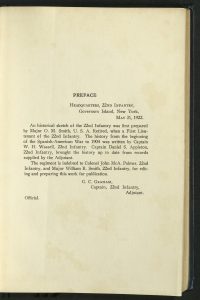

“September 21, 1866 in pursuance of the Act of Congress of July 28, 1866, the designation of the Second Battalion, Thirteenth Infantry, was changed to the Twenty-second Regiment of Infantry, which title the regiment has borne to the present day [1922].
The first Colonel of the Twenty-second was David S. Stanley, who commanded the regiment for eighteen years, until he was appointed a Brigadier-General in 1884.”
– History of the Twenty-second United States Infantry, 1866-1922, page 2
“General Orders No. 10
June 4th, 1900
Headquarters 22nd U. S. Infantry, Arayat, Luzon, Philippine Islands.
Captain George J. Godfrey, 22nd U.S. Infantry. Killed in action. Shot through the heart. His military record closed. A brilliant career ended.
Deeds, silent symbols more potent than words proclaimed his Soldier worth. The histories of the 5th and 8th Army Corps are his.
Official recommendation but emphasized what all men knew.
Cuban soil saw his valor.
Under a tropical sun, on the morn of June 3rd, 1900, among the lonely fastnesses of the Bulacan mountains, as victory crowned the combat, he gave “for the flag,” the life he had dedicated to his country.
His mind was trained for the profession of arms.
His heart and impulses were generous.
Conscientious and zealous discharge of duty were his guiding tenets. He sought no preferment through avenues foreign to the service. His first thought was his country’s cause – personal ambition his last.
…
Into the unspeakable grief which moves the hearts of those who dwell in our far distant land, we dare not enter.
In silence and with memory filled with sorrow, the regiment stands and mourns with them – for our brother.
By order of Major Baldwin:
(Sgd) H. C. Hodges,
Captain, 22nd Infantry,
Adjutant.”
– History of the Twenty-second United States Infantry, 1866-1922, pages 76-77
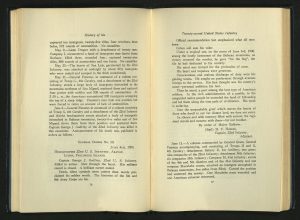
Contributed by Jon Bingham, Rare Books Curator
Like this:
Like Loading...

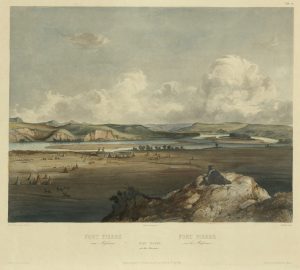
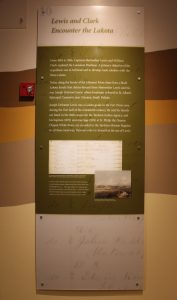
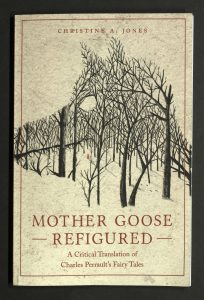
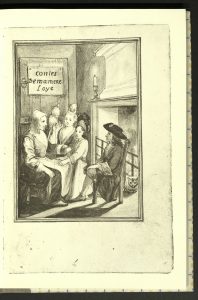
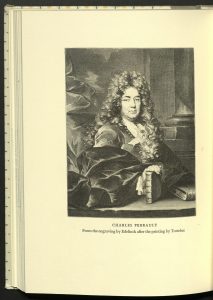
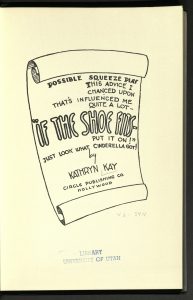
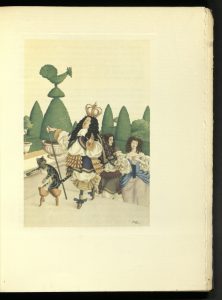
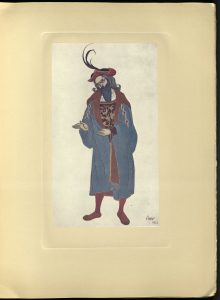
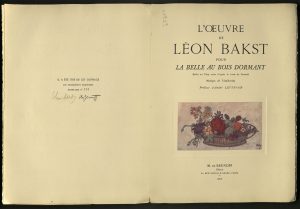
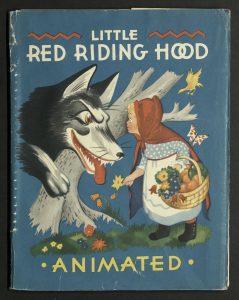
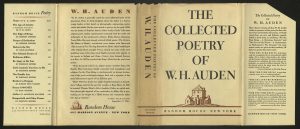
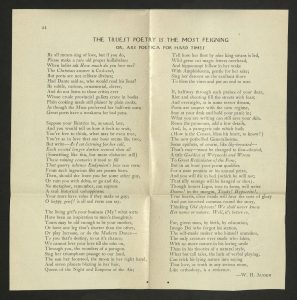
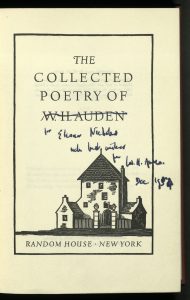
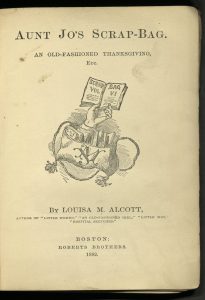
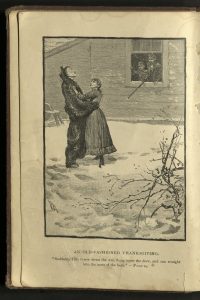

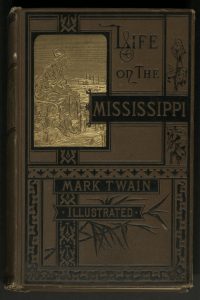
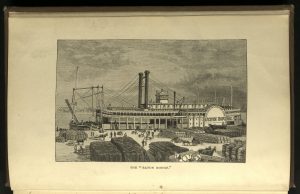
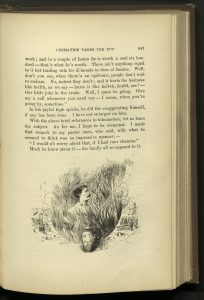
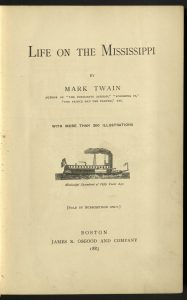
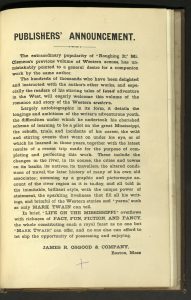

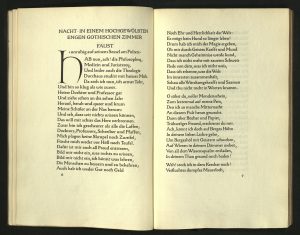
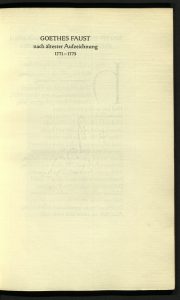


















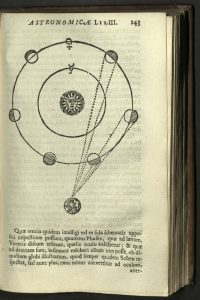
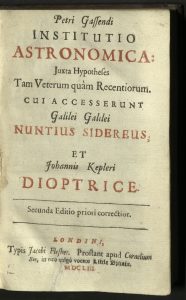
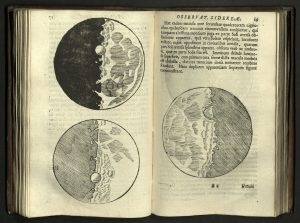
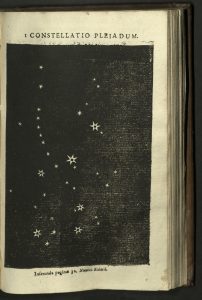

You must be logged in to post a comment.